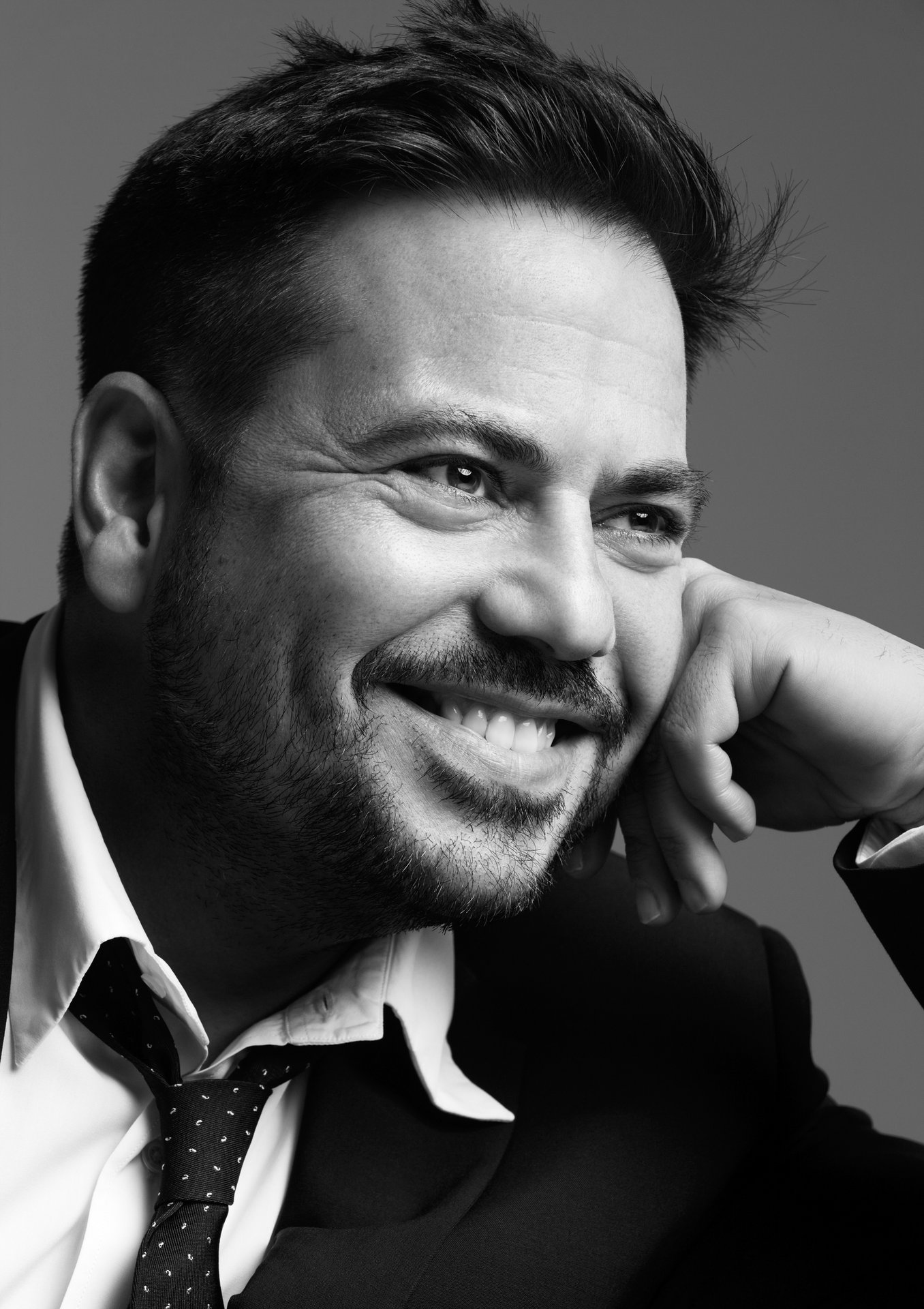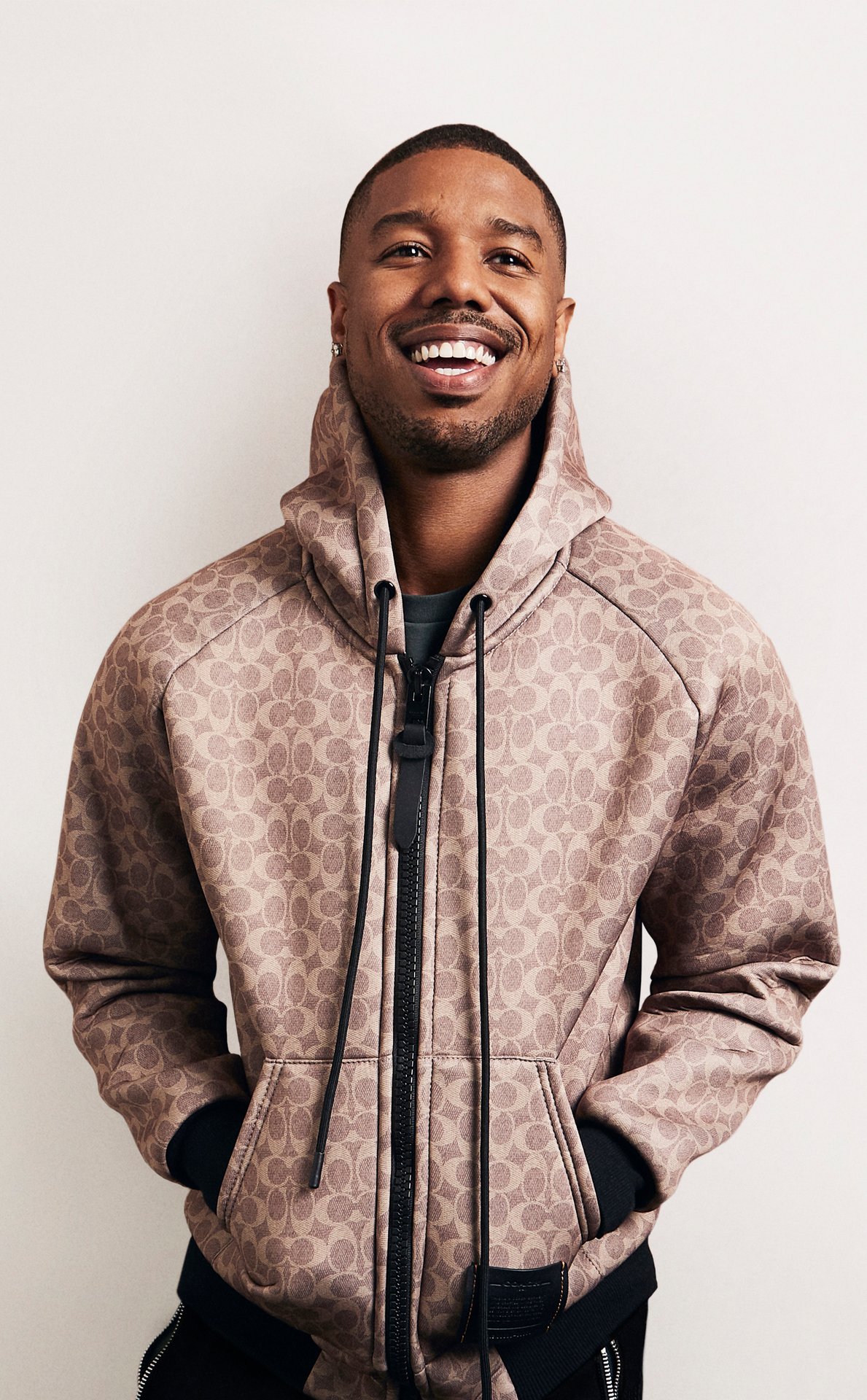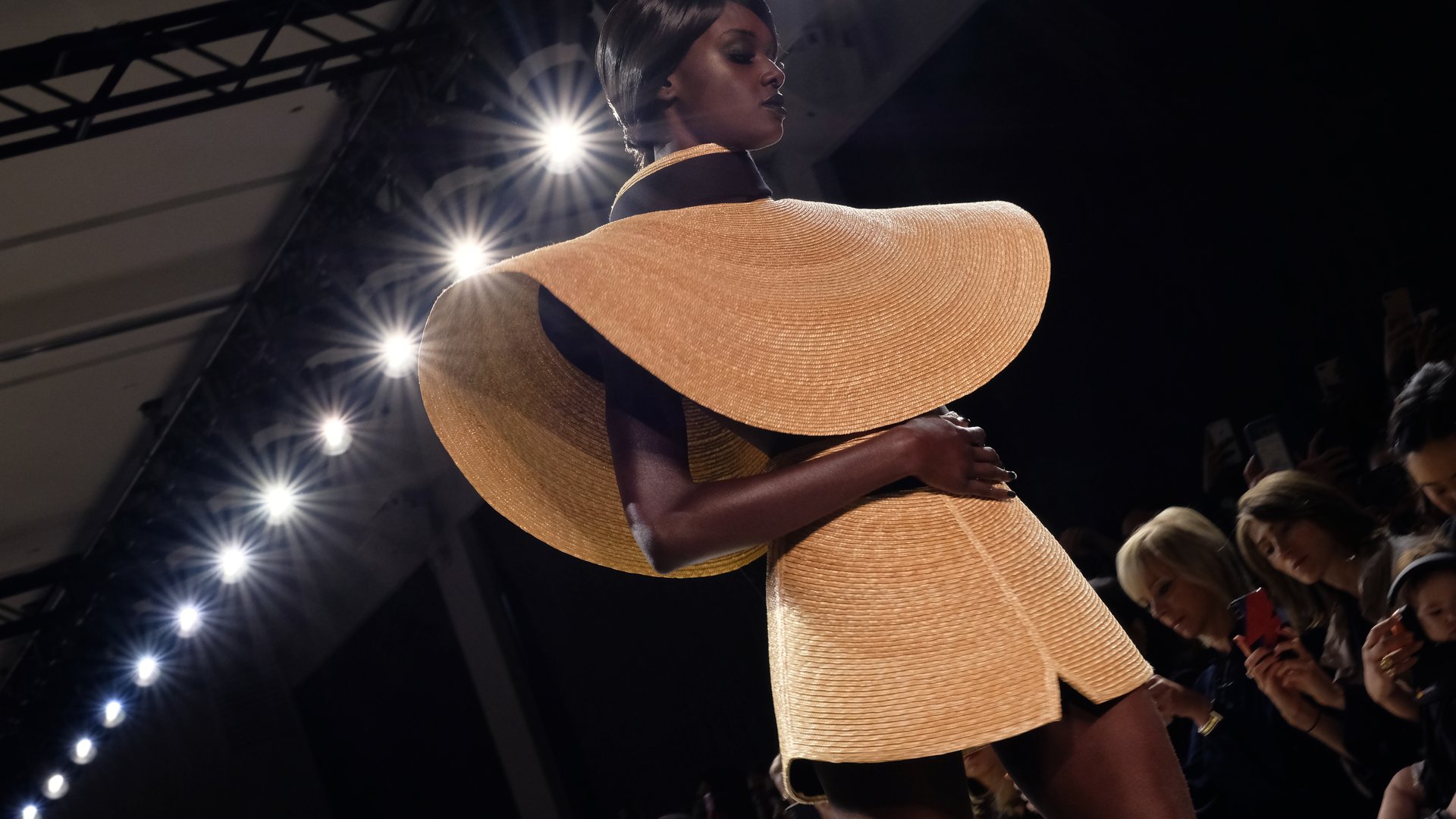Jessica Seinfeld, Claire Danes, Julianna Margulies, and Sarah Jessica Parker are among the women who have and continue to support him. They have also become close friends and, he said, “Nothing makes me happier that they’ve all become a part of my work. They are what takes me to the next season or next design because they’re all inspiring.”
Then there is Michelle Obama who, on the night President Barack Obama won his first term in 2008, wore a red and black dress from his Spring 2009 collection.
“There are no words for a moment like that,” he recalled. “I was so invested, as we all were, in an election that said so much about our country, humanity, and the world at large. This brilliant man marked the beginning such an important time. I try to stay focused on how good that was, and the fact that I was such a small part of it was so unbelievable. I felt pretty incredible.”
Needless to say, Rodriguez is highly respected by the Latin community. His humble self may not realize the extent of his impact on us.
Growing up, Narciso was a household name for me. My mother instilled me with a love for fashion, and although her knowledge of designers wasn’t extensive, she could always name the Latin ones with Narciso being at the top.
Why does representation like this matter? Because there are children like me who, when visiting museums, see work from creators who do not look like them. Rodriguez’s work – which has been shown in museums – inspires people like me to feel confident in their dreams.
When I share this with him, I can tell how moved he is. He takes a moment of silence to let it sink in, and we both hold back tears.
“It’s not only what you’ve done in fashion, but also what you represent to your community,” he said. “That’s a big honor, for so many reasons.”
Looking at his decorated wall, he added, “All of this, at this age now, is an incredible gift that I’m being given. It means so much to me because I never dreamed my work could touch lives.”





